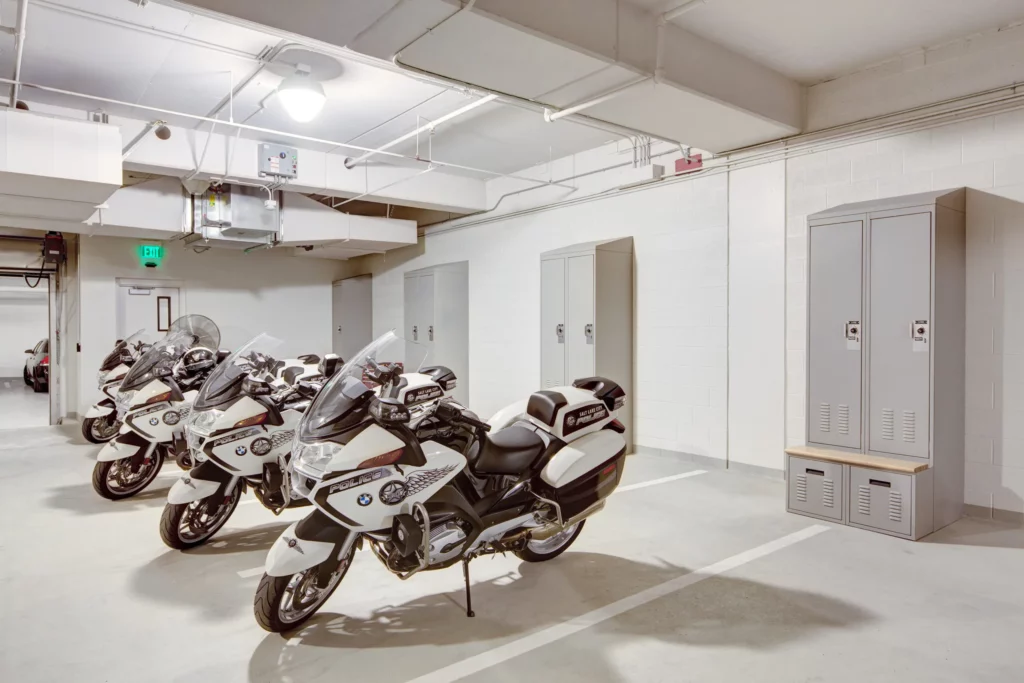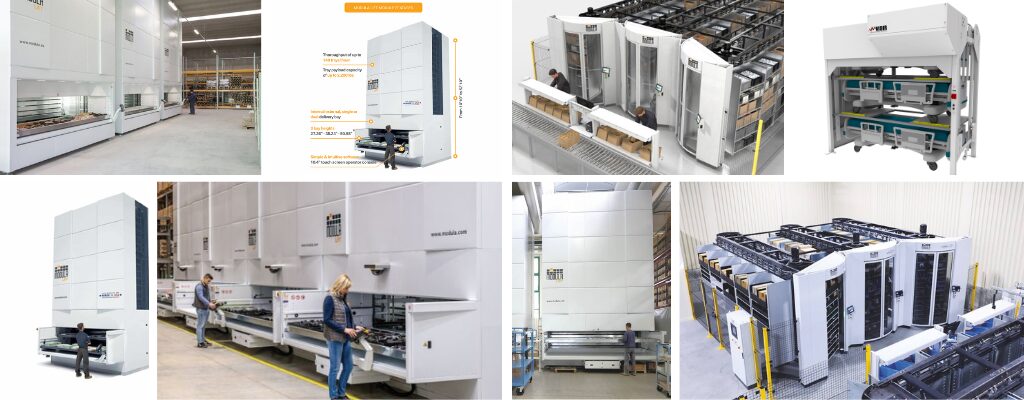
The Importance of Effective Gear Storage
Organized gear storage is vital for law enforcement. Quick access to equipment improves efficiency, safety, and response times, ensuring officers are prepared for split-second decisions.
Gear Storage Solutions
Individual Officer Gear Bags: Compact bags organize essentials like handcuffs, flashlights, and medical supplies for quick access.
Modular Wall Systems: Customizable panels and compartments optimize storage in police stations and vehicles.
Secure Lockers and Cabinets: Biometric locks and RFID enhance security for firearms and sensitive gear.
Mobile Gear Storage Solutions
Roll-out shelves and console organizers in police vehicles provide accessible storage for first aid kits, tools, and communication devices.
Evidence Storage Solutions
Secure evidence lockers and temperature-controlled compartments maintain evidence integrity and streamline investigations.
Tips for Effective Gear Storage
Space Utilization: Optimize space in facilities and vehicles.
Equipment Categorization: Store frequently used items within easy reach.
User Training: Train officers for efficient gear use.
Regular Maintenance: Keep storage systems functional.
Feedback Collection: Gather input for continuous improvement.
FAQs: Gear Storage Solutions
Q1: Benefits of individual gear bags?
Compact, organized storage saves time and promotes efficiency.
Q2: How are modular wall systems customized?
Adaptable panels and compartments fit various gear needs.
Q3: Secure options for firearms and evidence?
Lockers provide advanced security for firearms and evidence.
Q4: Optimize gear storage in vehicles?
Roll-out shelves and organizers maximize space and accessibility.
Q5: Considerations for implementation?
Space use, item categorization, training, maintenance, and feedback improve storage.




